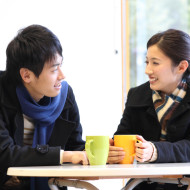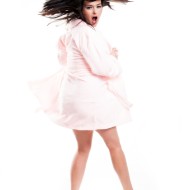
Human movement exists at a perpetual vanishing point, disappearing even as it is occurring. With no fixed points, movement is devilishly difficult to observe, let alone to pin down and analyze.
Thank goodness for video recording. The rewind button makes it possible for students to see the same event repeated exactly as many times as they need. Live observation, of course, is richer. It is life size, genuinely three-dimensional, and many fine details blurred on a video recording are clearer in the flesh.… Read More









